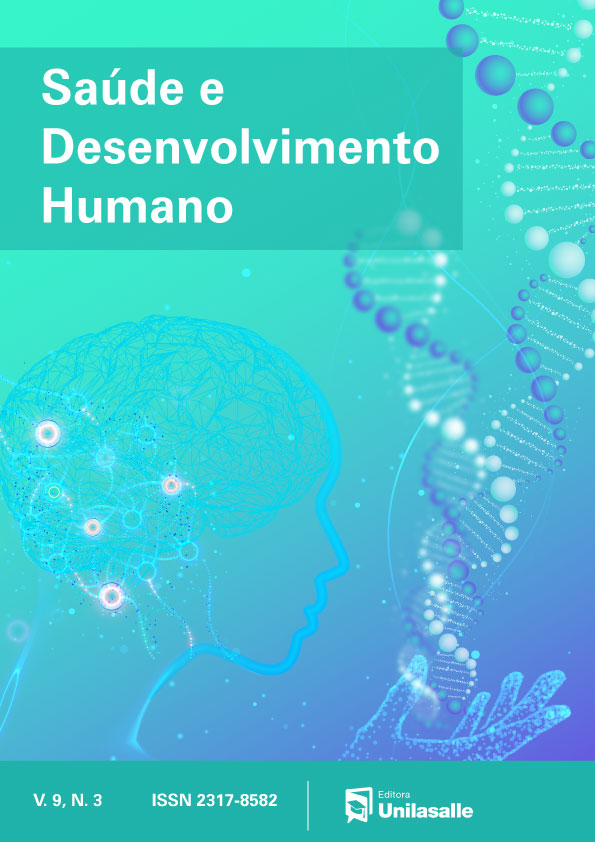Segurança de alimentos no contexto escolar: concepções dos manipuladores de alimentos
DOI:
https://doi.org/10.18316/sdh.v9i3.7948Palavras-chave:
Representação, Social, Higiene, AlimentaçãoResumo
Objetivo: Analisar as representações sociais de manipuladores de alimentos acerca das boas práticas de higiene no preparo dos alimentos no âmbito escolar.
Método: estudo exploratório quantiqualitativo conduzido em escolas municipais de Belo Horizonte-MG. Utilizou-se o Teste projetivo de evocação livre de palavras aplicado com a expressão indutora “Higiene no preparo da merenda”. Apurou-se as justificativas do termo elencado como o mais importante e realizou-se análise do discurso do sujeito coletivo (DSC). Adotou-se como referenciais a Teoria das Representações Sociais, a abordagem estrutural e os pressupostos sociológicos.
Resultados: Participaram 274 manipuladores de alimentos dos nove distritos sanitários do município. Constatou-se na análise estrutural, a “Higienização” e “Importante” foram os componentes representacionais centrais; observou-se 15 elementos intermediários, “Higiene pessoal” em destaque; e oito periféricos, “Armazenar”, como mais frequente. Identificou-se dois grupos de representações sociais: 1) procedimentos operacionais de boas práticas de manipulação dos alimentos; 2) importância das boas práticas de manipulação dos alimentos para a promoção da saúde.
Conclusão: Os elementos do núcleo central e periferia apresentaram aspectos positivos em relação à temática estudada. Os elementos identificados na periferia devem ser alvo inicial das ações educativas, possibilitando maior efetivação das boas práticas de manipulação de alimentos no âmbito escolar.
Downloads
Publicado
Edição
Seção
Licença
Autores que submetem seus manuscritos para serem publicados nesta revista concordam com os seguintes termos:
- Autores mantêm os direitos autorais e concedem à revista o direito de primeira publicação, com o trabalho simultaneamente licenciado sob a Licença Creative Commons Attribution que permite o compartilhamento do trabalho com reconhecimento da autoria e publicação inicial nesta revista.
- Em virtude dos artigos aparecerem nesta revista de acesso público, os artigos são de uso gratuito, com atribuições próprias, em aplicações educacionais e não-comerciais.
- Os autores concordam com os termos da Declaração de Direito Autoral, que se aplicará a esta submissão caso seja publicada nesta revista (comentários ao editor podem ser incluídos a seguir). E que anexam declaração assinada que todos os autores leram o documento a ser submetido e que aceitam os termos desta revista.

Os trabalhos publicados na Revista Saúde e Desenvolvimento Humano de ISSN 2317-8582 está licenciado com uma Licença Creative Commons - Atribuição-NãoComercial 4.0 Internacional.
Baseado no trabalho disponível em http://revistas.unilasalle.edu.br/index.php/saude_desenvolvimento/.


